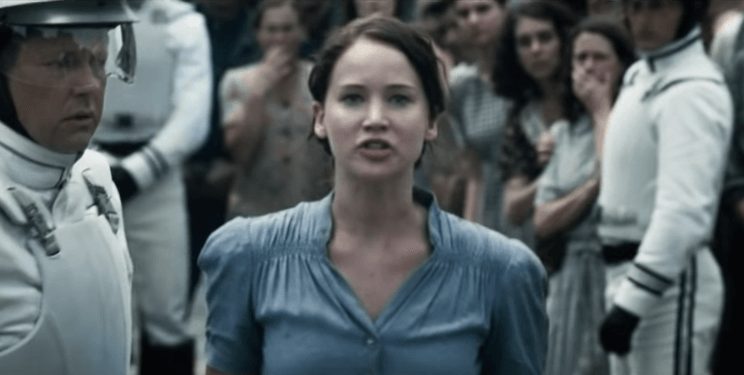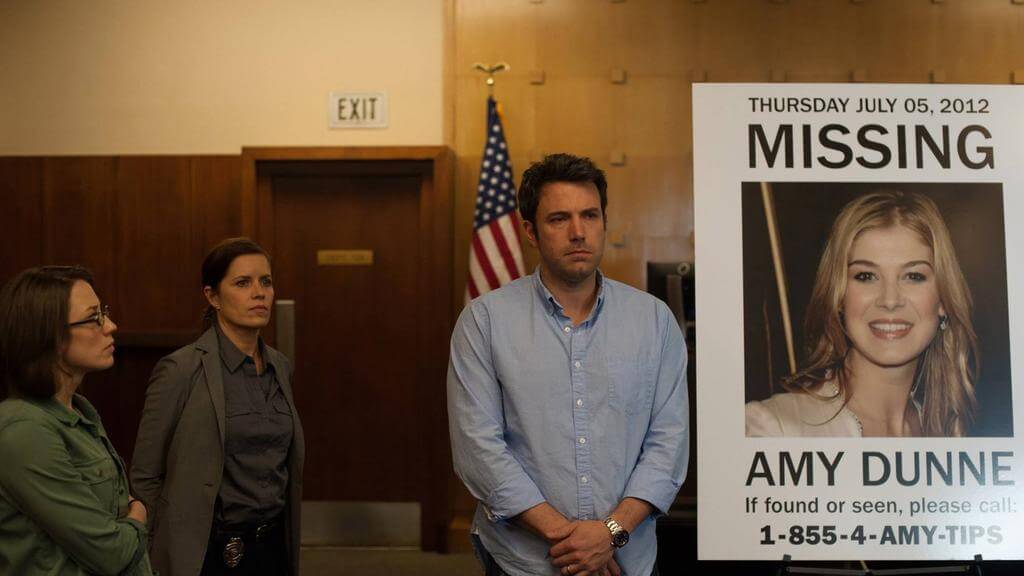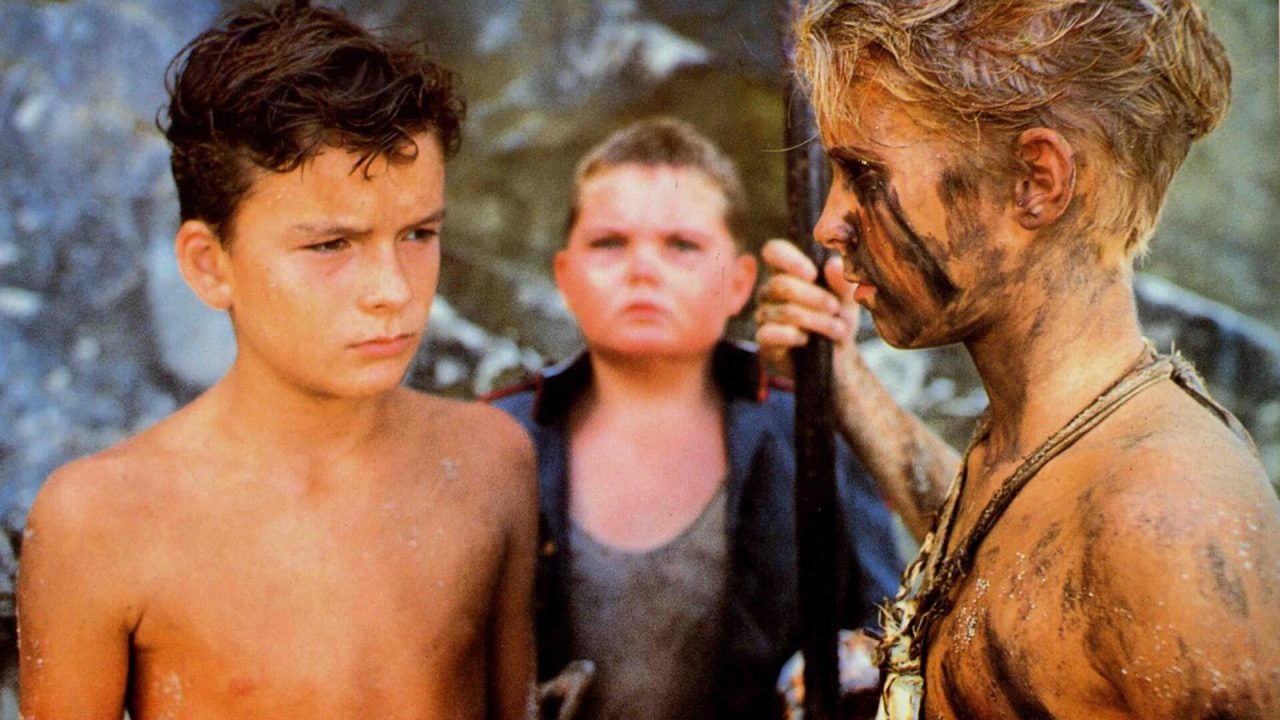Last updated on Oct 08, 2021
The Inciting Incident: Definition, Examples & Writing Tips
The inciting incident is the event that ignites the story's plot and starts the protagonist's transformative journey. Typically, it serves as a catalyst in the protagonist's ordinary life and introduces conflict they must confront.
There’s a great deal of uncertainty surrounding inciting incidents — specifically, how they work within the context of a full story shape. So without further ado, here’s your all-inclusive guide to the elusive inciting incident: what it is, how it’s used, and tips on constructing your own.
3 Inciting Incidence Myths
That being said, there are a few very common misconceptions surrounding inciting incidents — so let’s do a bit of mythbusting.
Myth #1: The inciting incident is always the first thing to happen.
You’ll recognize the inciting incident as the event that triggers the primary action, rather than simply the first event to occur. There may be some backstory or buildup before this, such as a conversation or scene leading up to it — but that doesn’t change its role in the story!
Myth #2: The inciting incident is exactly the same as the “hook.”
The hook is a dramatic description or opening scene that first catches the reader’s attention. The inciting incident catalyzes the plot and solidifies that attention. Sometimes they overlap, but the incident tends to require more exposition than a hook — so don’t start thinking they’re synonymous.
Myth #3: The inciting incident raises more questions than it answers.
As a matter of fact, the inciting incident usually involves some kind of newfound clarity or realization for the main character. It does create some questions, but its main purpose is to give the main character a distinctive path to follow, rather than muddling it.
Some of these ambiguities can definitely be confusing. Fortunately, we have plenty of examples on hand to show what we’re talking about. Here are five famous inciting incidents to illustrate how they function in a story.
Inciting Incident Examples
1. Hagrid telling Harry he’s a wizard
"Harry — yer a wizard." "A what?" gasped Harry. "A wizard, o' course," said Hagrid, sitting back down on the sofa, which groaned and sank even lower, "an' a thumpin' good'un, I'd say, once yeh've been trained up a bit.”
— Harry Potter and the Sorcerer’s Stone, p. 39
One of the most famed catalysts (and indeed best moments) in all of literature is Hagrid revealing to Harry Potter that he’s a wizard. Suddenly, all the strange occurrences leading up to this scene make sense: Harry somehow getting up onto his school roof, making the glass disappear at the zoo, and of course, his uncle’s refusal to let him read any of his letters.
This incident perfectly exemplifies the features outlined above: it completely absorbs the reader, sets the main plot in motion, and involves a pretty major revelation for Harry. While some might argue that elements of the buildup — such as Harry receiving his first letter — could be called “inciting incidents,” this is the scene where Harry truly begins his journey.

2. Lucy’s discovery of Narnia
“This must be a simply enormous wardrobe!” thought Lucy, going still further in and pushing the soft folds of the coats aside to make room for her. Then she noticed that there was something crunching under her feet … A moment later she found that she was standing in the middle of a wood at night-time, with snow under her feet and snowflakes falling through the air.
— The Lion, The Witch, and the Wardrobe, p. 4
Lucy’s unearthing of another world behind all the fur coats is a classic inciting incident. Launches story? Engages reader? Huge revelation? Check. Check. And triple check.
It also takes place almost immediately, rather than after a few chapters of exposition and background information for context. So if you want your readers to be immersed in plot very quickly, consider taking a page out of C.S. Lewis’ book (literally).

3. Katniss volunteering for the Hunger Games
“Prim!” I don’t need to shove through the crowd. The other kids make way, immediately allowing me a straight path to the stage. I reach her just as she is about to mount the steps. With one sweep of my arm, I push her behind me. “I volunteer as tribute!” I gasp.
— The Hunger Games, p. 22
While many inciting incidents are life-changing in a positive or exciting way, they can also be the opposite. Indeed, negative incidents are often more dramatic and reader-enticing. (See also: characters getting sick, dying, or simply disappearing, as in our next example.)
Katniss taking her sister’s place in the Hunger Games is one such negative incident. However, this heightening of stakes gets the ball rolling on plot, making readers eager to know what will happen next. Also, though her sacrifice for Prim isn’t exactly a revelation, it does serve a narrative purpose — making us root for Katniss and become even more invested in her fate.

4. Amy’s disappearance in Gone Girl
She wasn’t on the water, she wasn’t in the house. Amy was not there. Amy was gone.
— Gone Girl, p. 23
This is one inciting incident that might raise more questions than it answers, but it nevertheless sets Amy’s husband Nick on a firm quest. Of course, as the novel continues and we find out that he may be a less-than-reliable narrator, we can’t be sure if this quest is to find out what happened to his wife orto conceal what he may have done to her…
Either way, Amy’s disappearance is a definite incitement. After Nick realizes she’s gone, the whole town gets involved in the case, and the reader becomes desperate to know what’s become of her — even if it is something dreadful.

5. Nick meeting Gatsby at his house party
“This is an unusual party for me. I haven’t even seen the host. I live over there — ” I waved my hand at the invisible hedge in the distance, “and this man Gatsby sent over his chauffeur with an invitation.” For a moment he looked at me as if he failed to understand. “I’m Gatsby,” he said suddenly.
— The Great Gatsby, p. 52
It may be somewhat difficult to recognize this as an inciting incident, since it doesn’t take place until a quarter of the way through The Great Gatsby. However, there can be no doubt that everything until this point has been backstory and buildup; after all, the central plot cannot begin without the titular character.
Fitzgerald uses plenty of pre-development to his benefit here, fleshing out the characters of Daisy, Tom, and Myrtle long before Gatsby takes the stage in Nick’s story. This means that, when they finally meet at last, curiosity about Gatsby has reached fever pitch — and once he arrives on the scene, the reader is inexorably intrigued.

4 Tips on How to Write a Strong Inciting Incident
Now that you’ve seen a few examples, you should be just about ready to write an incitement of your own! But in case you’re still feeling hesitant, here are some tips to get you going.
1. Make the scene exciting or dramatic
Your inciting incident will be exciting just by virtue of it changing your protagonist’s life. However, you should use your writing to enhance that drama, making it clear that this is the moment we’ve all been waiting for! Not only does it launch the plot, but it also represents a jumping-off point for the main character's journey.
In the scene leading up to the incident, try shortening your sentences and using more active verbs to create a sense of urgency. You can also dramatize the scenery itself — as in Harry Potter when Hagrid bursts through the door, thunder rolling behind him. Also, if there are other people present, use dialogue to demonstrate how groundbreaking this is: have characters responding with shock or awe, mirroring what should be your reader’s reaction.
2. Involve some external force
This ties into making the scene more dramatic — inciting incidents tend to have a stronger effect when what happens to the main character is unexpected or out of their control. So as you’re writing yours, try to use external forces to your advantage.
Besides the examples above, a perfect instance of this is the beginning of The Wizard of Oz. Dorothy’s house is carried off by a tornado — a literal force of nature — landing her in Oz. This gives her a clear new mission to return home, and compels her to travel to the Emerald City.

Not every story can start with a major weather event, but there are plenty of other external forces to choose from: mystical prophecies, dystopian governments, or even just your protag’s mom kicking them out of the house. As long as it taps into your character's goals and motivations and sets them on a new path (yellow brick or not), it should get the job done.

FREE COURSE
How to Plot a Novel in Three Acts
In 10 days, learn how to plot a novel that keeps readers hooked
3. Place it early to engage readers
As we discussed, the inciting incident isn’t just important for your characters, but for your readers too. It alerts them to what the story will be about, and gives them a rough idea of where the plot is headed.
That means you should place the inciting incident early in the story, ideally within the first 20-30 pages if it’s a novel. Yes, some occur later, like the Great Gatsby example — but this is the exception, not the rule. Wait too long to drop your inciting incident, and readers will become frustrated and lose interest! After it happens, you can structure your story in any number of ways — but you need that early incident to get the audience hook, line, and sinker.
4. Connect to your story’s themes
Every story has a theme — a universal concept or message that underscores the narrative. And the inciting incident should reflect that theme in one way or another, even if only very subtly.
Think about the inciting incident in William Golding’s Lord of the Flies: a wartime evacuation results in a plane crash, and a group of young boys become stranded on an island. This leads them to create their own makeshift society, which quickly crumbles into violence — the same sort of violence that caused the war they were trying to escape in the first place.

Drawing parallels between your incident and the climactic point of your story can be especially powerful. To return to another previous example, in The Hunger Games, Katniss’ sacrifice for her sister clues readers into her later sacrifice for Peeta with the nightlock berries. Even though the Capitol stops them, this scene still evokes emotions from the scene with Prim, reminding us how Katniss is willing to do anything for those she loves.
All this might be a lot to take in — just remember that at the end of the day, the only absolutely, 100% necessary quality of an inciting incident is that your story has one. Hopefully, this guide has given you some pointers on what it should do, how to structure it, and which elements can make it more effective.
But the nature of your inciting incident is really up to you — just write the scene that your story requires. You’ll likely find it comes easier than you think.
What's the inciting incident in your story? Share it with us in the comments!








